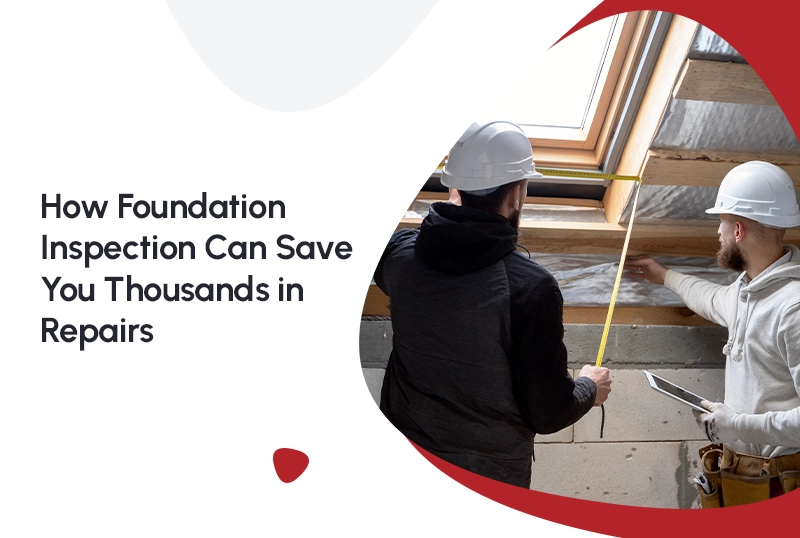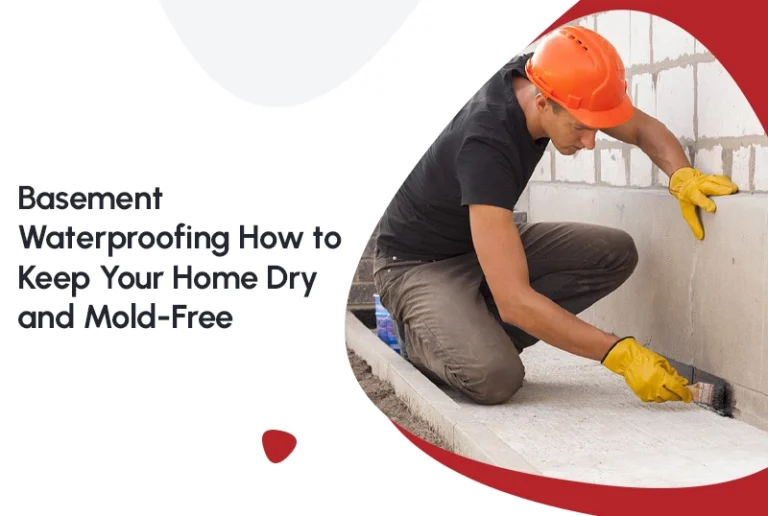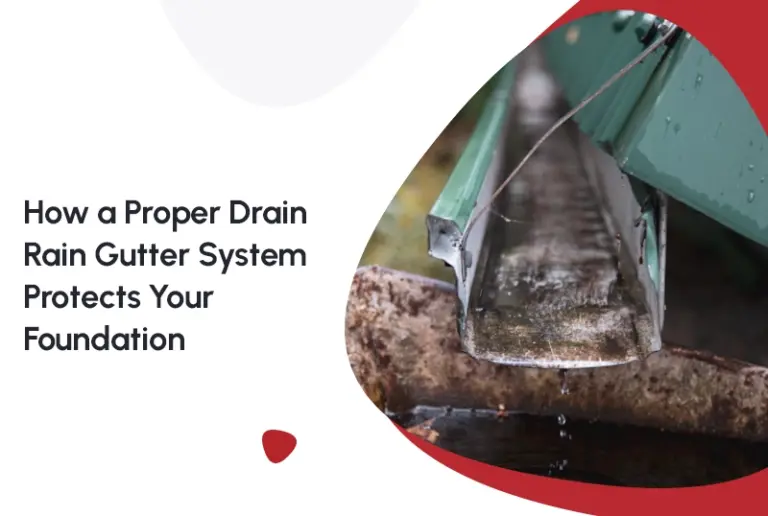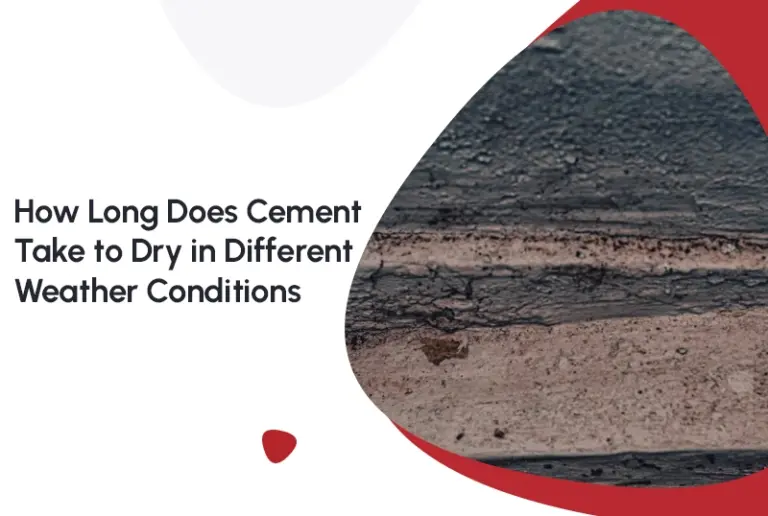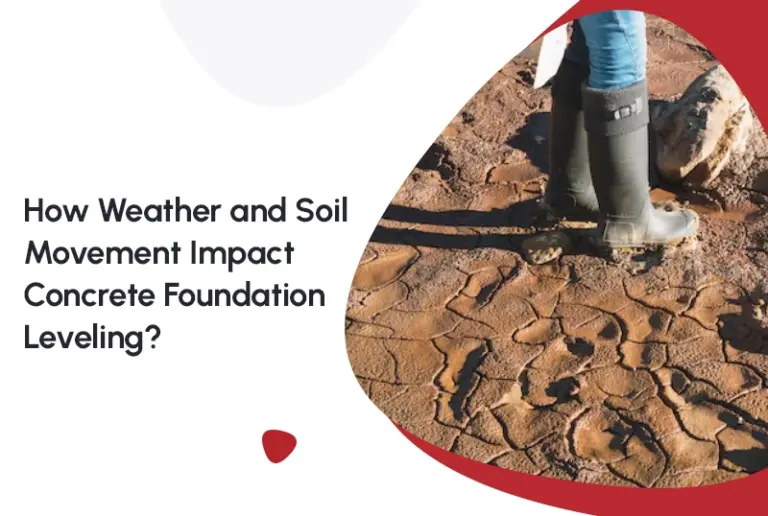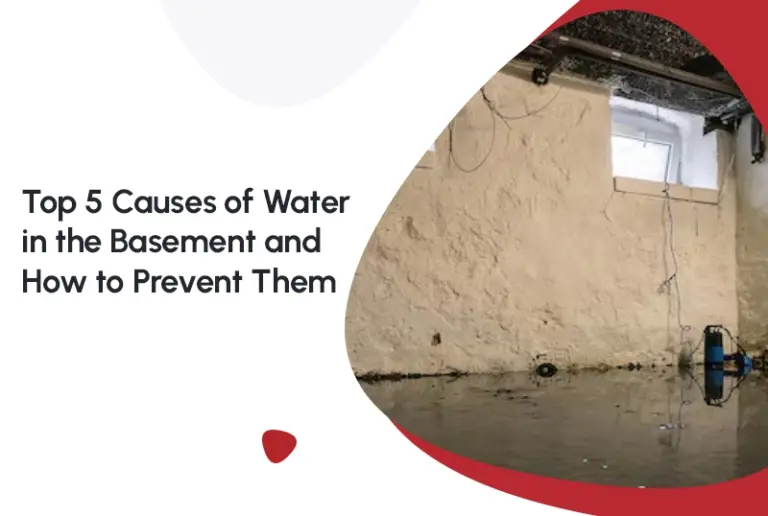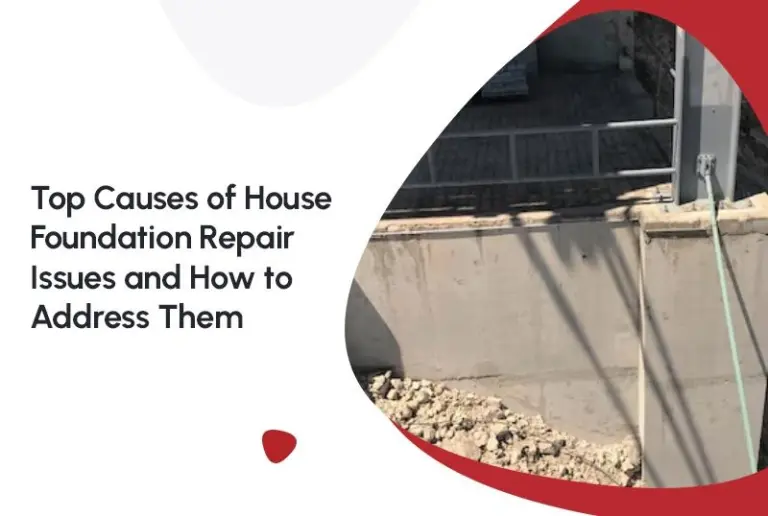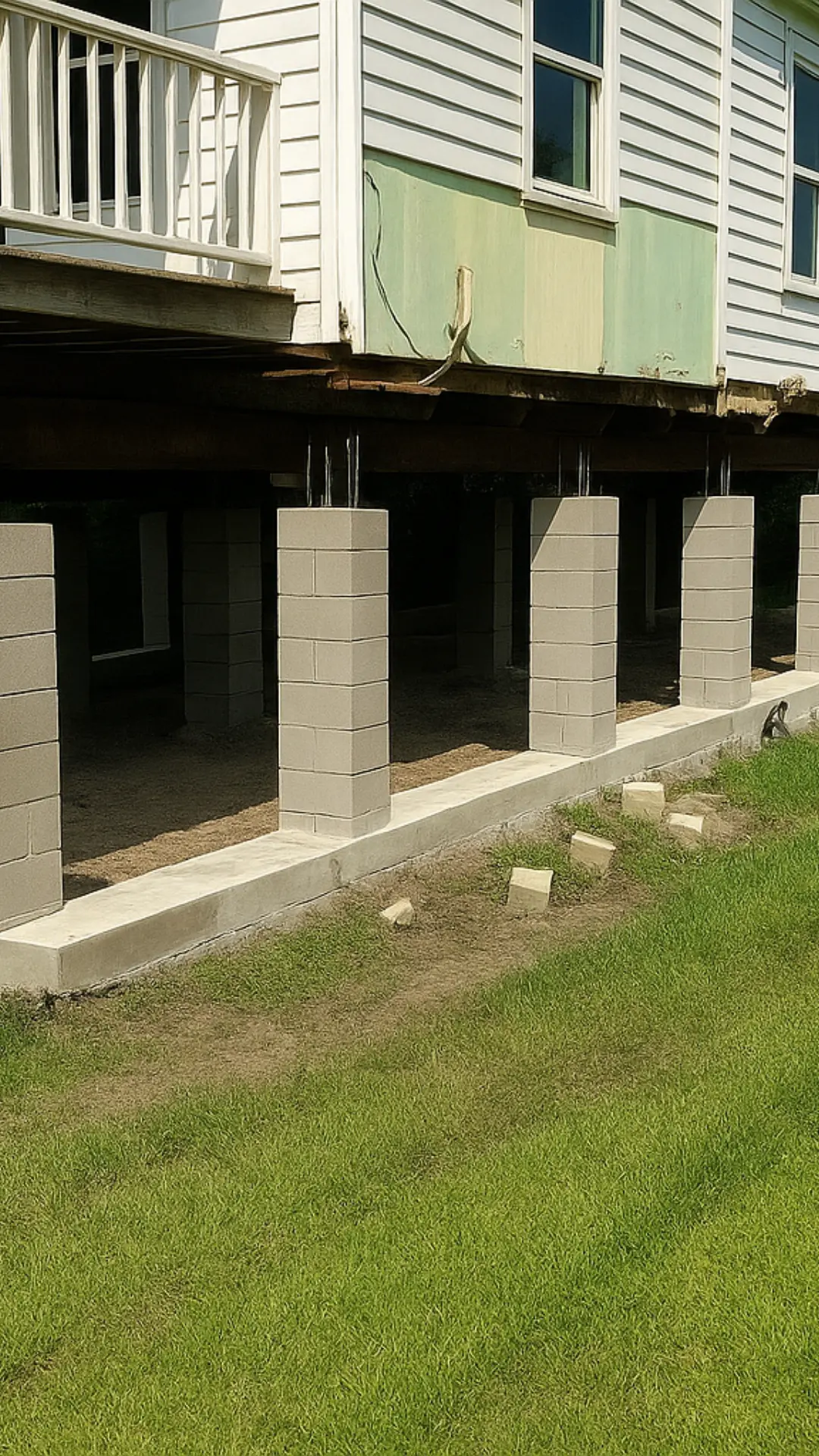When it comes to home maintenance, foundation inspection might not be the first item on your to-do list. But think of your home’s foundation as the spine of the entire structure—it supports everything above. Over time, factors like shifting soil, unseen water infiltration, and natural wear and tear can quietly weaken that backbone. Scheduling a thorough foundation inspection can be the difference between a few hundred dollars of upkeep and thousands of dollars in major foundation repairs. In this post, we’ll explore why foundation inspections are so important, how they can actually save you money, and what you should know to get it done right.
Why Foundation Inspection Matters
Your home’s foundation may not be glamorous, but it is critical. It bears the full weight of your home, secures it against environmental forces, and keeps everything level and aligned. When the foundation starts to move, crack, or shift—thanks to things like unstable soils, moisture attack, or construction defects—the impact ripples through floors, walls, doors, and even your home’s value.
That’s where a foundation inspection steps in. It’s not just about spotting a crack or two: it’s about identifying the early signs of trouble before they become textbook disasters. When done regularly and thoroughly, a foundation inspection gives you a clear picture of your home’s structural health. It allows you to fix minor issues early, prevent larger problems, and avoid the cascade of costs that come with delayed repairs.
Common Foundation Issues Homeowners Face
Before we dive into how inspections help save you money, let’s glance at some of the usual suspects in foundation problems:
1. Cracks and Uneven Settling
Cracks in the walls, floors, or foundation itself and uneven or sloping floors often signal that the foundation has shifted. Some cracks are practically cosmetic. Others, however, are the first audible warning that your home is adjusting below the surface. What begins as a hairline fracture can evolve into a gap, a bowed wall, or visible misalignment that demands major repair.
2. Water Damage
Water is one of the most insidious culprits in foundation deterioration. Whether caused by poor foundation drainage, persistent leaks, or surface water pooling around the house, it causes the soil under the foundation to swell, erode, or shift. The resulting pressure or voids under the foundation can cause cracking, settling, or structural instability.
3. Poor Construction
Sometimes the issue isn’t what’s happened over time but what was done at the start. Improper soil compaction, low-quality materials, or design flaws can lock in structural vulnerability from day one. A well-performed foundation inspection will assess not just visible damage, but also the construction practices and materials used in your foundation’s origin.
How Foundation Inspections Prevent Costly Repairs
Let’s break down three main ways that investing in a foundation inspection can pay major dividends.
Early Detection Saves Big
Imagine catching a hairline crack before it escalates into a full-blown wall bow or floor separation. Inspections allow professionals to spot subtle red flags: differential movement, moisture intrusion, precursors of deterioration. By identifying these early, you can opt for minor remediation such as a stabilizing pier or improved drainage instead of full re-foundation or underpinning. Note that typical foundation repair can easily range into thousands. A recent industry analysis found national average repair cost around $5,100, with many homeowners spending between $2,200 and $8,100 depending on severity.
Maintenance Over Replacement
With an inspection, you often get actionable steps that focus on maintenance or minor corrective work instead of wholesale replacement. For example, improving perimeter drainage, fixing downspouts, sealing minor cracks, or installing pier and beam supports can reinstate stability at a fraction of the cost of major structural repair. These maintenance interventions extend the life of your foundation and defer big expenses.
Prevents Secondary Damage
Foundation issues seldom stay isolated. When a foundation shifts, it affects floors, walls, roofing, plumbing, and sometimes even your home’s exterior. For homes with slab on grade foundations or facing issues like concrete slab foundation repair, those secondary costs pile up fast. By securing the core foundation early via inspection, you avoid the domino effect: avoid floors warping, doors misaligning, walls cracking, or plumbing lines failing.
What Happens During a Foundation Inspection?
Understanding what an inspection involves helps you see its value. A typical foundation inspection includes:
Visual Assessment
A trained inspector will check for visible signs: cracks in walls or floors, doors or windows sticking, gaps between walls and floors, exterior masonry issues, or uneven floors. These clues signal underlying movement or soil issues.
Measurement & Analysis
Beyond visible cracks, the inspector may use leveling tools, laser measuring devices, or other instruments to detect subtle shifts or settlement patterns. This tech gives quantifiable data on how your foundation is behaving over time.
Soil and Moisture Evaluation
In many cases, soil moisture and drainage ability will be part of the assessment. Poor foundation drainage, saturated soils, or erosion beneath the slab can all lead to instability. Soil conditions are critical in understanding why a foundation might be moving or relaxing.
Report & Recommendations
At the end of the inspection, you’ll receive a detailed report: what’s wrong, why it matters, recommended actions, estimated cost ranges, urgency levels, and sometimes even monitoring plans. This empowers you with knowledge to plan and budget.
Choosing the Right Foundation Inspector
Selecting the right professional ensures you aren’t paying for a superficial check. Here’s what to look for:
Experience & Certification
Choose inspectors who specialize in foundation systems and soil mechanics. Certifications from structural engineering boards or foundation repair associations highlight expertise.
Local Soil & Building Code Knowledge
Because foundation risks vary by region (for example, expansive clay soils in certain states), the inspector should understand your local conditions, soil behaviors, and building code nuances.
Transparent Reviews & References
Check online reviews, ask for recent client references, and look at before/after case studies. A reputable inspector will be open about past work and outcomes.
Clear Reporting
The final inspection report should be clear and detailed—not just “everything looks fine.” It should list signs, risk levels, recommended actions, and cost implications.
Did you know that an estimated 25% of all homes experience some form of foundation distress during their lifetime? That’s one in every four homes. Early inspections prevent small problems from becoming serious and expensive.
How FNF Foundation Can Help
At FNF Foundation, we specialize in comprehensive foundation services. Whether you’re dealing with installing stabilizing piers, improving drainage, or completing a full diagnosis and repair of your home’s base structure, we’re equipped to help. Our offerings include but are not limited to:
Foundation inspection and diagnostics
Foundation stabilization and repair
Drainage improvement and waterproofing
Concrete slab foundation repair
Work with homes on pier and beam systems or slab on grade foundations
Our goal is to identify issues early, provide clear and cost-effective options, and execute repairs that restore your home’s safety and value. Ready to protect your investment? Contact FNF Foundation today for a full inspection and proactive plan customized to your home.
Final Thoughts
A foundation inspection may seem like just another item on the home maintenance checklist, but its impact can be profound. By identifying early signs of trouble, you can steer clear of major repairs, protect your family, and maintain your home’s value. Whether your foundation is on a slab on grade system or a classic pier and beam structure, early vigilance matters. Don’t wait for cracks to tell the story—be proactive. Schedule that inspection today and give your home the stability it deserves.
FAQs (Frequently Asked Questions)
Q1: How much does a foundation inspection typically cost?
A: The cost depends on your region, home size, and complexity of inspection. On average, you might spend between $300 and $700 for a thorough inspection.
Q2: How often should I schedule a foundation inspection?
A: If you live in an area with soil movement, heavy rainfall, or historic foundation issues, it’s wise to inspect every 2–3 years. For most homes, a professional check every 5 years or after major weather events is a good baseline.
Q3: Can I inspect my foundation myself?
A: You can look for obvious signs—such as cracks, door misalignment, or visible settling—but a professional inspection is crucial for detecting hidden movement, soil instability, or early warning signs you can’t see with the naked eye.
Q4: What happens if the inspection finds a major issue?
A: The report will outline the severity, recommend options (from monitoring to full repair), and provide a cost estimate. You’ll then work with a qualified contractor or engineer to implement the solution. Acting early often keeps costs significantly lower than waiting.
Q5: Will a foundation inspection finalize the value of my home?
A: While an inspection itself doesn’t determine value, it protects your investment by preventing structural damage that otherwise could reduce your home’s value by 10-15% or more.
